-
 play_arrow
play_arrow
The CRUSADE Radio Network CRUSADE Radio Network
-
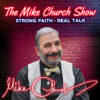 play_arrow
play_arrow
PREVIEW: Bongino and Patel Detail Progress Mike "The KingDude" Church
-
 play_arrow
play_arrow
Audio Post Format TheKingDude
Saint Sylvester’s New Years Resolution: Give Thanks For The Catholic Faith This Year
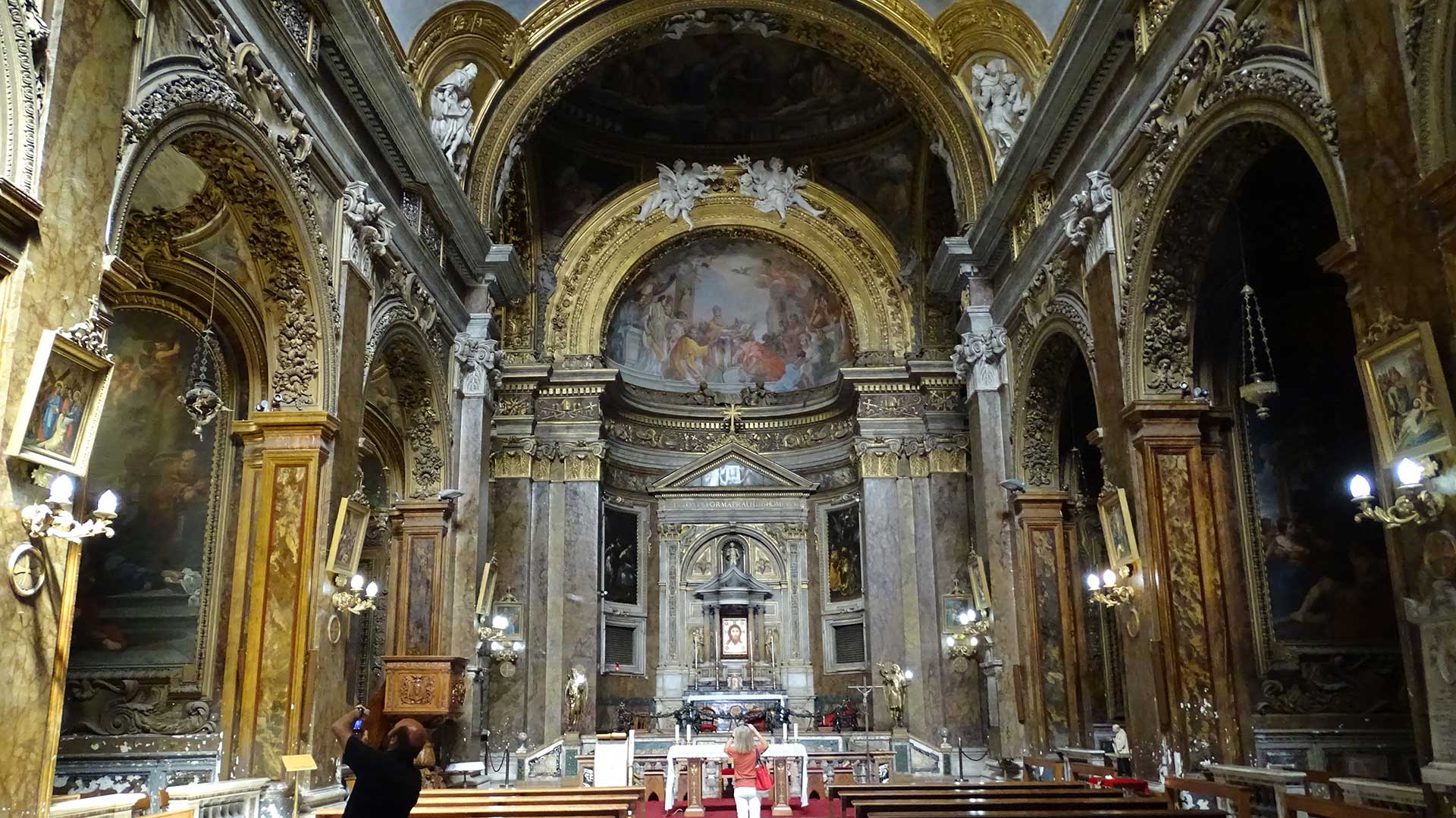
Mandeville, LA – December 31st, New Years Eve is the final feast day of the calendar year and it honors Saint Sylvester, Pope and Confessor. In our modern conceit we often are told to reject most anything that cannot be proven by the scientific method or seen in document form. If we were to attach ourselves to this method of validating tradition, much beautiful tradition and history would be lost including the history of the first 400 years after Christ.
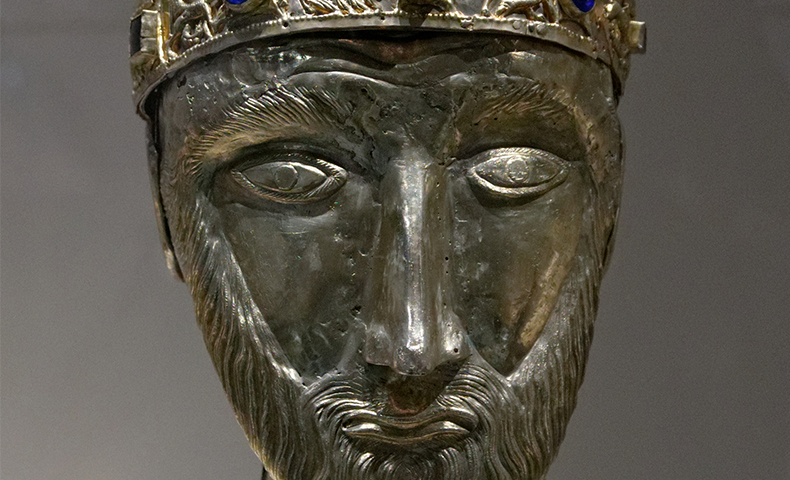
This is the time Saint Sylvester lived in and many in today’s Church reject his feast day or do not acknowledge it reverently, this is a tragic mistake made clear by the magnificent basilica erected 400 years after his death and named for him: . In his biography of Saint Sylvester, the Reverend Alban Butler concludes Volume I of his “Lives of The Fathers, Martyrs and Other Saints”, thus.
After a prodigious effusion of Christian blood almost all the world over daring the space of three hundred years, the persecuting kingdoms at length laid down their arms, and submitted to the faith and worship of a God crucified for us. This ought to be to us a subject of thanksgiving. But do our lives express this faith? Does it triumph in our hearts? It is one of its first precepts that in all our actions we make God our beginning and end, and have only his divine honour and his holy law in view. All our various employments, all our thoughts and designs must be referred to, and terminate in this, as all the lines drawn from the circumference of a circle meet in the centre. We ought therefore so to live that the days, hours, and moments of the year may form a crown made up of good works, which we may offer to God. Our forgetfulness of him who is our last end, in almost all that we do, calls for a sacrifice of compunction in the close of the year: but this cannot be perfect or acceptable to God, unless we sincerely devote our whole hearts and lives to his holy love for the time to come. Let us therefore examine into the sources of former omissions, failures, and transgressions, and take effectual measures for our amendment, and for the perfect regulation of all our affections and actions for the future, or that part of our life which may remain.
How is that for a New Years Resolution!? Now to the spectacular reign of Saint Sylvester I, Pope and Confessor.
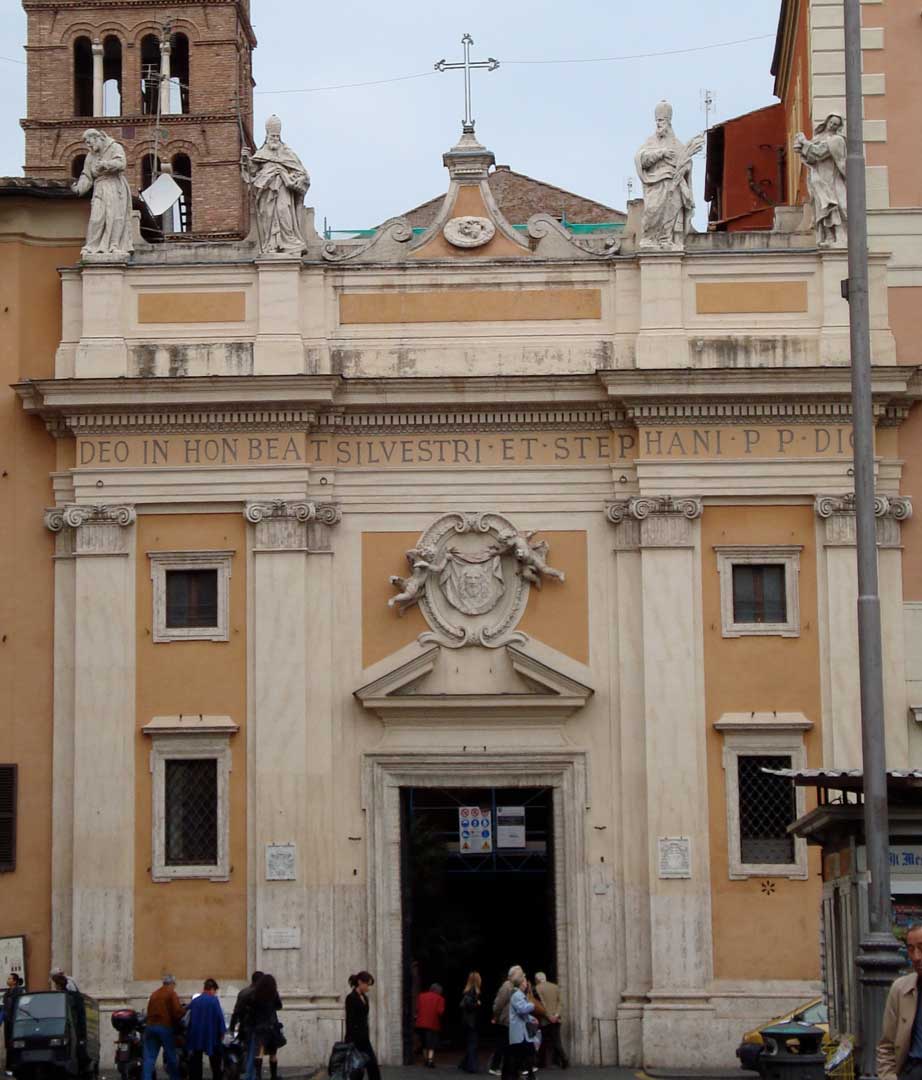
Sylvester became Pope after Saint Pope Melchiades died in 314. Sylvester was born to pious parents in Rome who educated him as a Christian from birth. He took vows as a priest from Saint Pope Marcellinus whose name appears in the Canon of The Mass after the nobis quoque paccatoribus.
Sylvester served as a priest during the horror of emperor Diocletian’s rule. After being elected Bishop of Rome he sent legates to the great council held by the Western church on the Donatist heresy. The Donatists were formally condemned by this council and Saint Sylvester confirmed and published the condemnation to the whole church. Under Sylvester the Council of Nice was convened in 325, though Sylvester did not attend personally he sent a pair of legates to represent him; this council pronounced against Arius and his heresy.
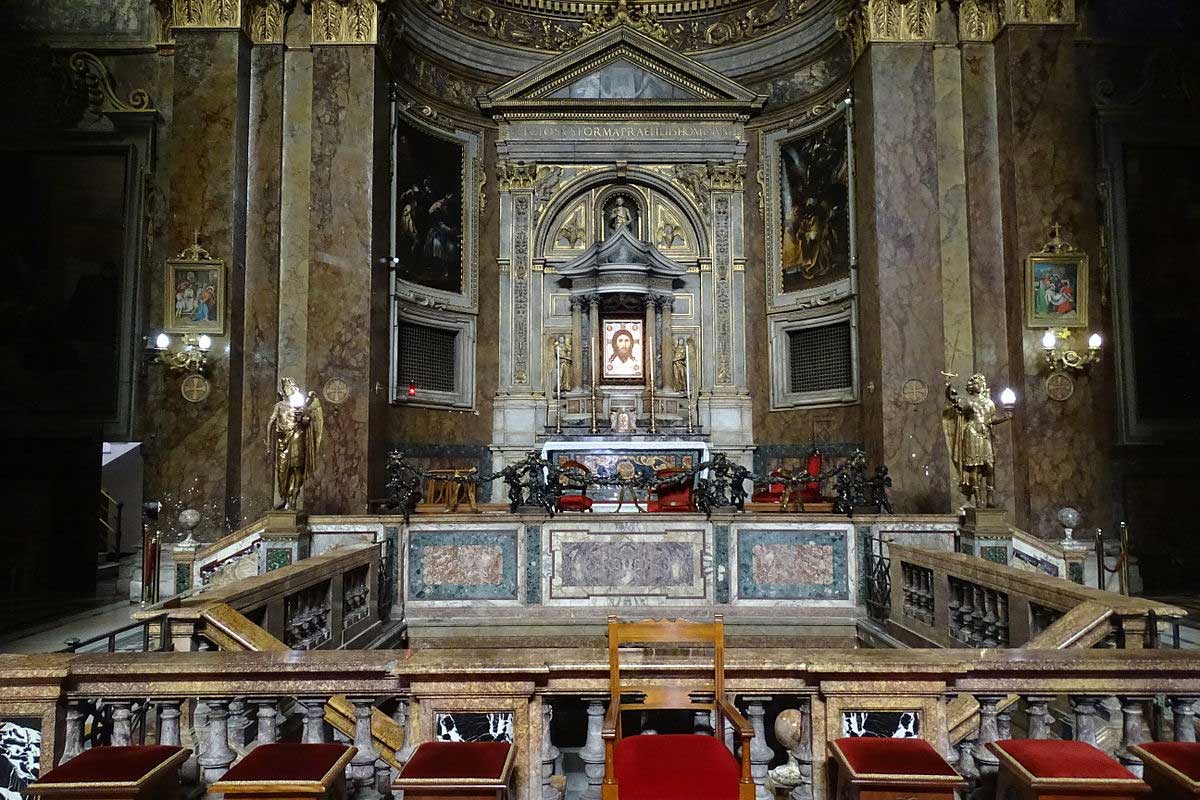
Sylvester was Pope for 21 years and during that time, by a punctual discharge of his duties, great, historical events are recorded: the Edict of Milan, the emergence of the Church from the catacombs, and the building of the great basilicas–Saint John Lateran, Saint Peter’s. Saint Resource writes of Sylvester’s noble accomplishments for The Church.
Through all of Constantine’s efforts to assist the Church, Pope Sylvester I was able to maintain the Church’s independence without arguing with Constantine. The pope was both firm and considerate. During his reign as pope, Sylvester continued to do the Lord’s work quietly. Tradition tells us that in one month alone, he ordained 42 priests, 25 deacons, and 65 bishops. These ordinations, performed in a new spirit of freedom, made it possible for the Church’s mission to grow in the world.
Sylvester died on December 31, 335 and was buried in the catacomb cemetery of Priscilla but were moved to the Basilica named for him which stands to this day in Rome: Sancti Silvestri in Capite. According to Wikipedia:
The original church was built in the 8th century by the Popes Paul I and Stephen III, atop ruins of a pagan temple dedicated to Sol Invictus, to house venerated relics of early Christian saints who were buried in the catacombs. The church was rebuilt and the campanile with Romanesque arcades added in 1198 during the papacy of Innocent III, while in the 13th century the church was donated to the Poor Clares.
It was rebuilt by the architects Francesco da Volterra and Carlo Maderno during 1591–1601, and subsequently restored in 1681. The relics of Pope Sylvester I, Pope Stephen I and Pope Dionysius were exhumed and re-enshrined beneath the high altar when the new church was consecrated in 1601. The church also contains the relics of Saint Tarcisius.
The church of San Silvestro was granted to the English Catholics by Pope Leo XIII in 1890, and is now served by Irish Pallottine Fathers. Mass is thus regularly celebrated in the English language. The church is the National Church in Rome of Great Britain.
This basilica has a 1200 year history and has been named for Saint Sylvester this entire time illuminating our point made above that though little evidence of Saint Sylvester’s holy life remains extant, the tradition that venerated his life, achievements and sanctity, was made permanent and meaningful to Catholics of all eras. Saint Sylvester, oremus.
Happy New Year’s Y’all!
Written by: TheKingDude
catholic church militant pope rome saint of the day Saint Sylvester
Similar posts
Featured post
Latest posts

The War Power To Take Out Cartels: Letters of Marque & Reprisal-Mike’s 2014 LPAC Speech

Brad Birzer and Winston Elliott Discuss “A New Dark Age”

Trump Should Read Thomas Jefferson’s First Inaugural Speech

Kamala Harris: The Shape Of Modern Evil, A Halloween Commentary
Mike Church Show- Review of 2016 Al Smith Dinner That Invited Killary
Current show
Upcoming shows
Condimentum Elit
11:40 pm - 11:55 pm
Chart
HERE IT GOES YOUR COPYRIGHT TEXT. CAN ALSO CONTAIN LINKS LIKE THIS




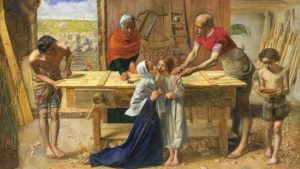
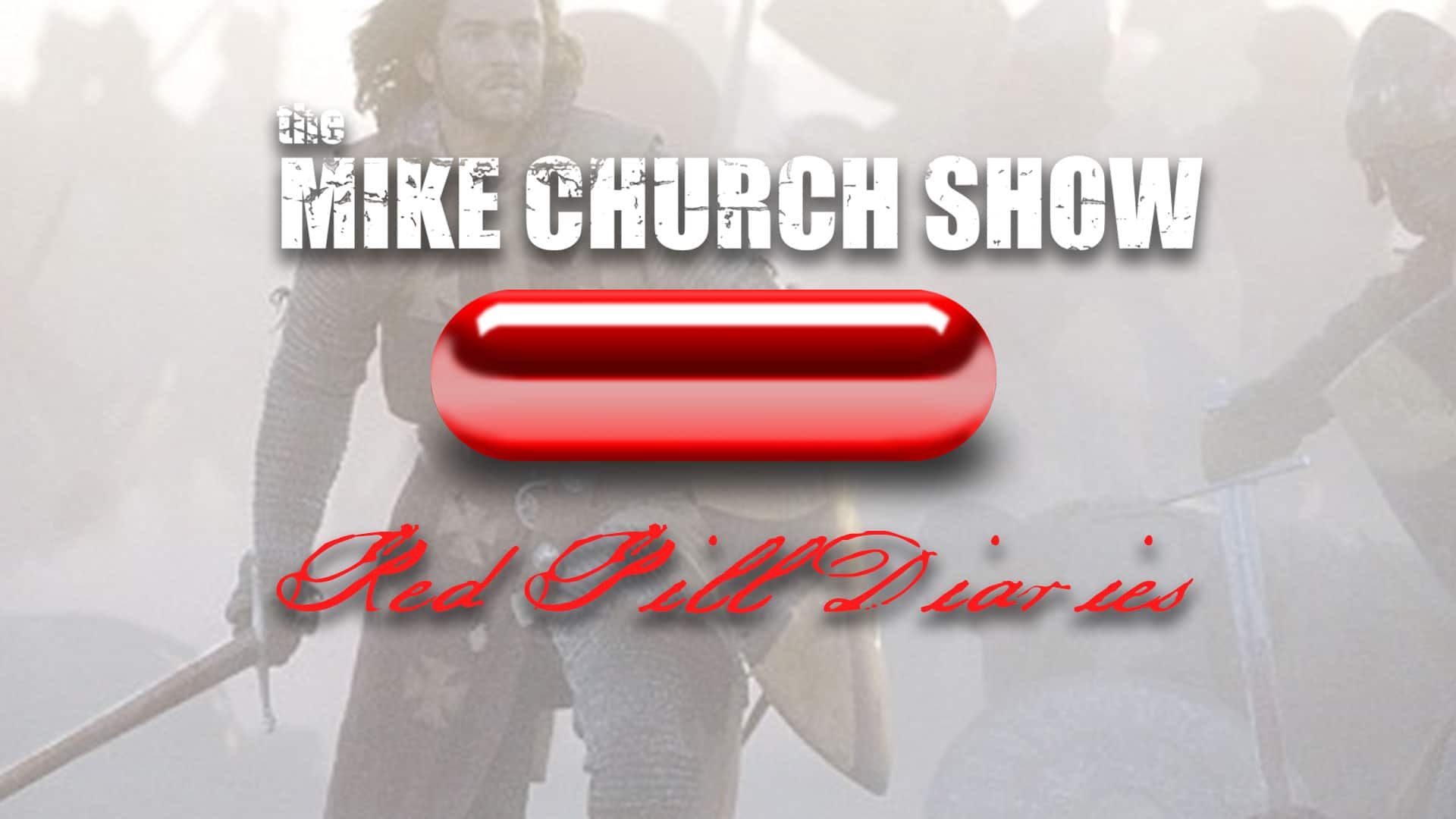
Post comments (0)